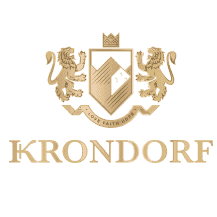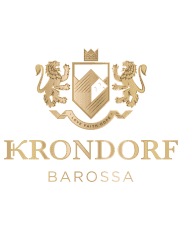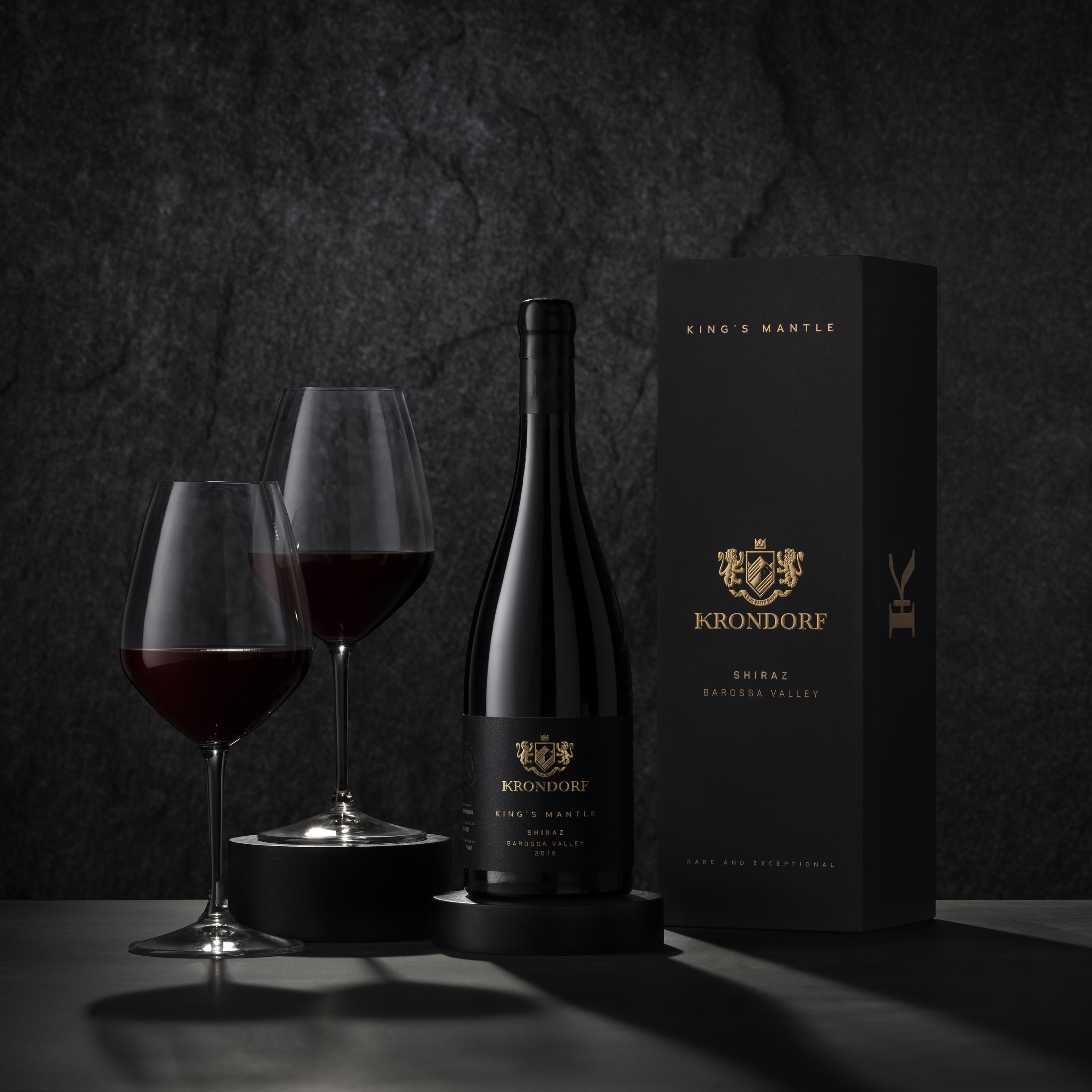
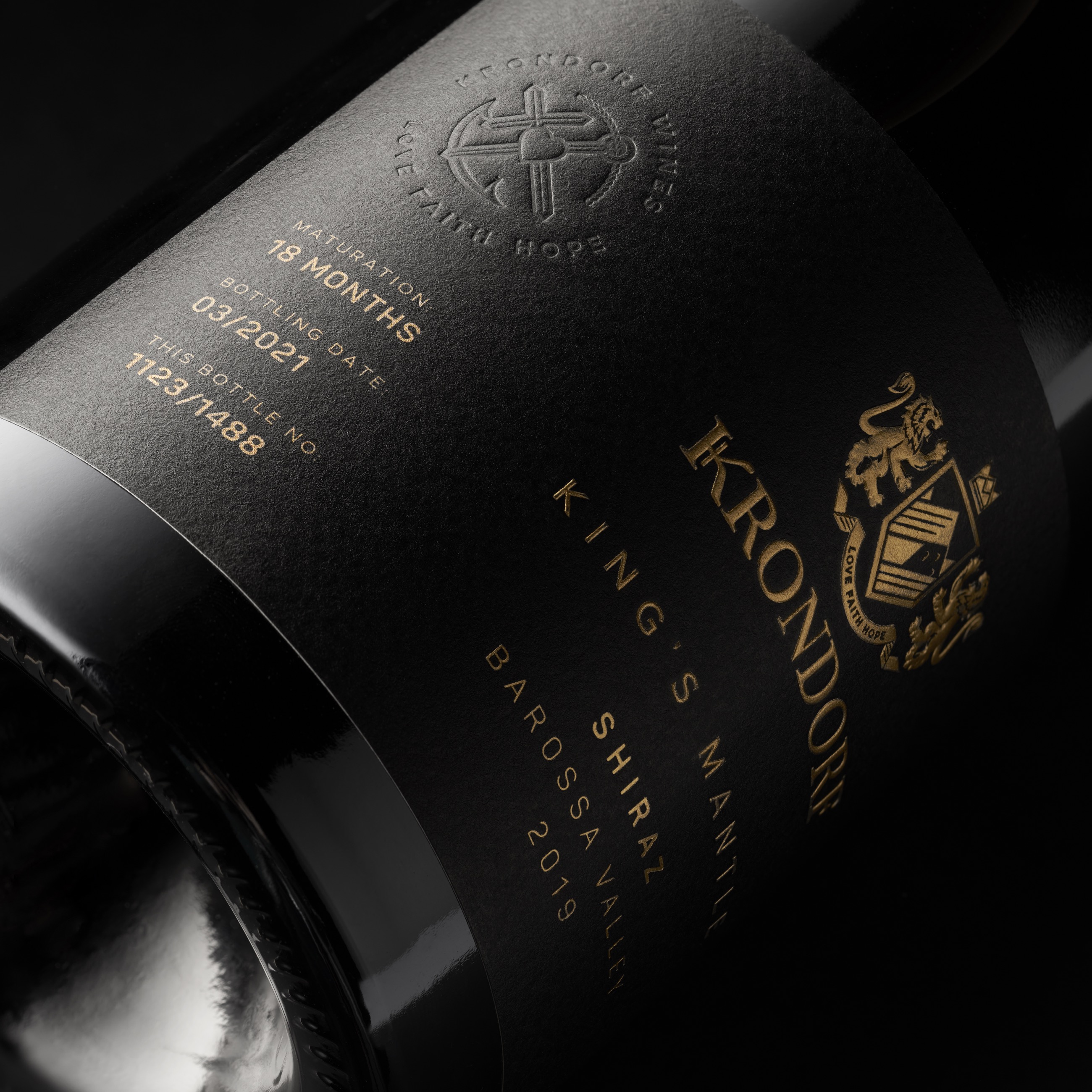
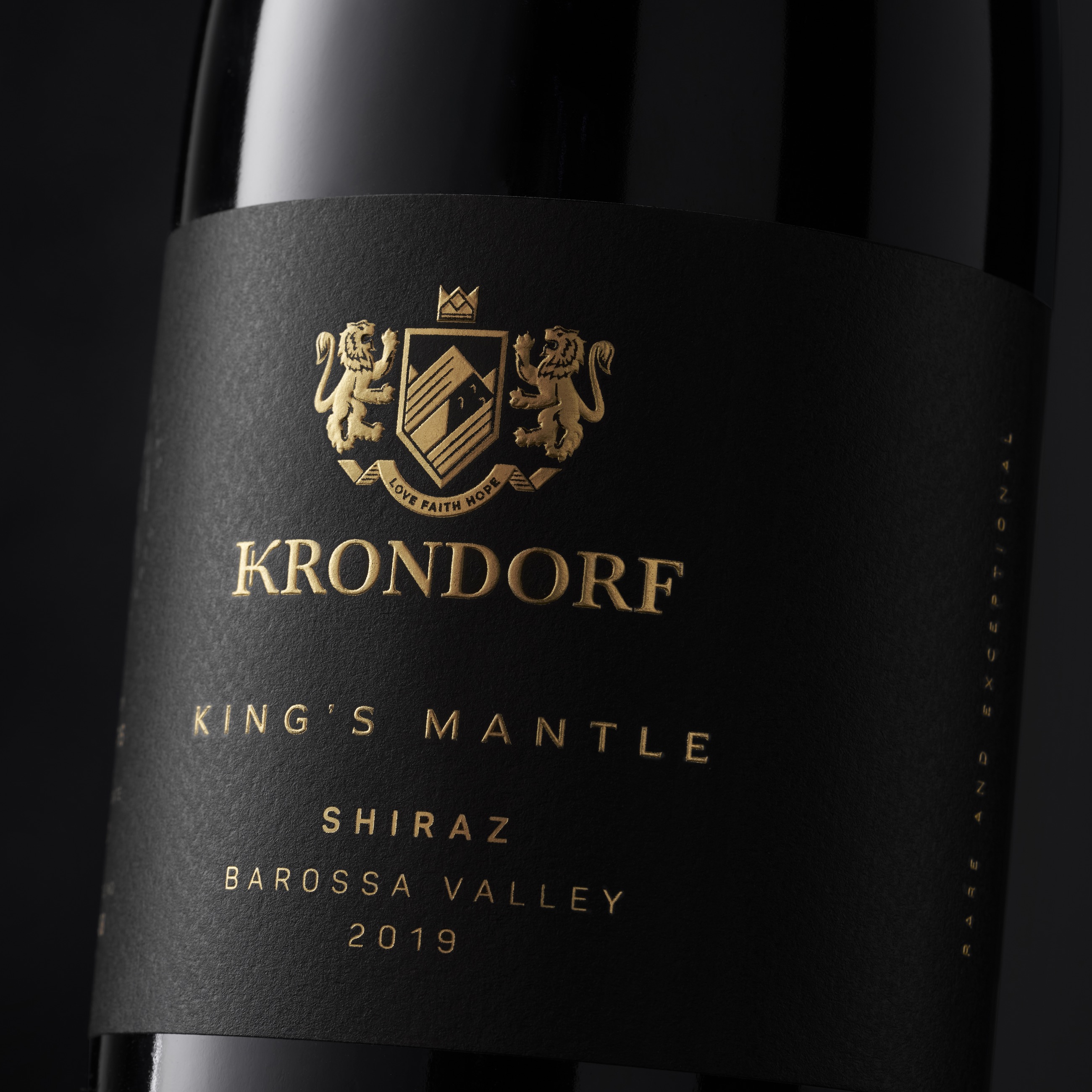
The King’s Mantle is the imperial robe that signifies the authority and majesty of the Crown. It is worn at coronations and other State occasions and passed from generation to generation. Amid the iconic Barossa Ranges, at the foothill of Kaiserstuhl in the famous Barossa Valley, is the village of Krondorf, settled by Silesian immigrants in 1847. Winemaking in the small village began in the 1860s and played a key role in paving the rich winemaking heritage of the now world-renowned winemaking region of the Barossa.
Vibrant with a deep purple hue, with evocative black forest fruits, plum and liquorice, earth, dark chocolate and spice aromas. The palate is luscious and velvety, a superbly concentrated mix of dark forest fruits showcasing exceptional purity and perfect balance, with fine, loose knit silky tannins creating a powerful yet beautifully persistent finish.
- Vintage
- 2019
- Grape variety breakdown
Meticulous fruit selection is key to crafting King’s Mantle, with the fruit hailing from 25 year old vines in the northern Barossa in the Ebenezer Koonunga district. Red earth, sandy loam over red clay with ironstone interspersed throughout the profile, coupled with the flat landscape and consistent depth of soil, results in full, plush wines. Following harvest in late March, thirty percent of the fruit is retained as whole bunches and left uncrushed. The fruit is then cold-soaked to pre-release colour and flavour precursors prior to primary fermentation, which ultimately delivers a complex array of flavours and textural complexity. The wine is then gently pressed into French oak barrels and matures in optimum conditions for a period of 18 months. Krondorf King’s Mantle represents the outcome of an intricate barrel selection where each barrel is individually tasted and classified, and only the very best barrels are selected for the final blend.
- Technical Details
- Alcohol: 14.5% | pH: | Acidity: | Volume: 750mls
- Cellaring potential
To 2038
The 2019 growing season was a challenging one for the Barossa Valley. Lower than average rainfall was experienced across the year. Winter rain was 77% of the long-term average, spring 24% of average and summer just 31%. The region also experienced significant frost events in September and November, as well as a hailstorm later in November. January heat gave way to a cooler February and March, which provided ideal conditions for the small crops to ripen evenly and quickly. In spite of the significant challenges of the season, fruit quality was exceptional. Flavour and phenological development was synchronous with sugar ripening, allowing harvest for most vineyards by the end of March, one of the earliest finishes on record. Shiraz wines produced from the exceptional fruit of 2019 exhibit great depth of colour, with intense, concentrated varietal fruit flavours and firm, structural tannins which will mellow and soften with careful cellaring.
